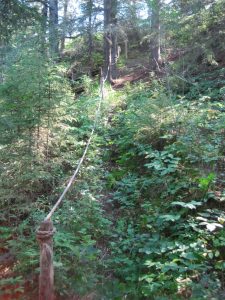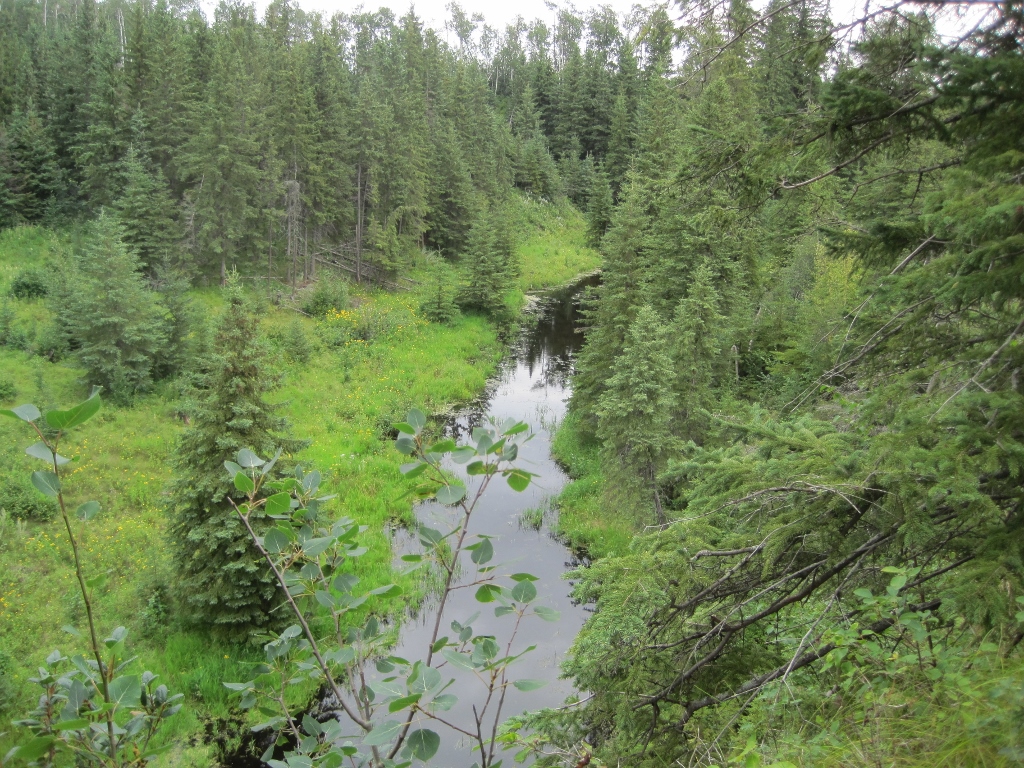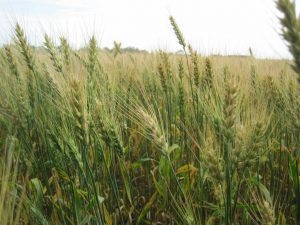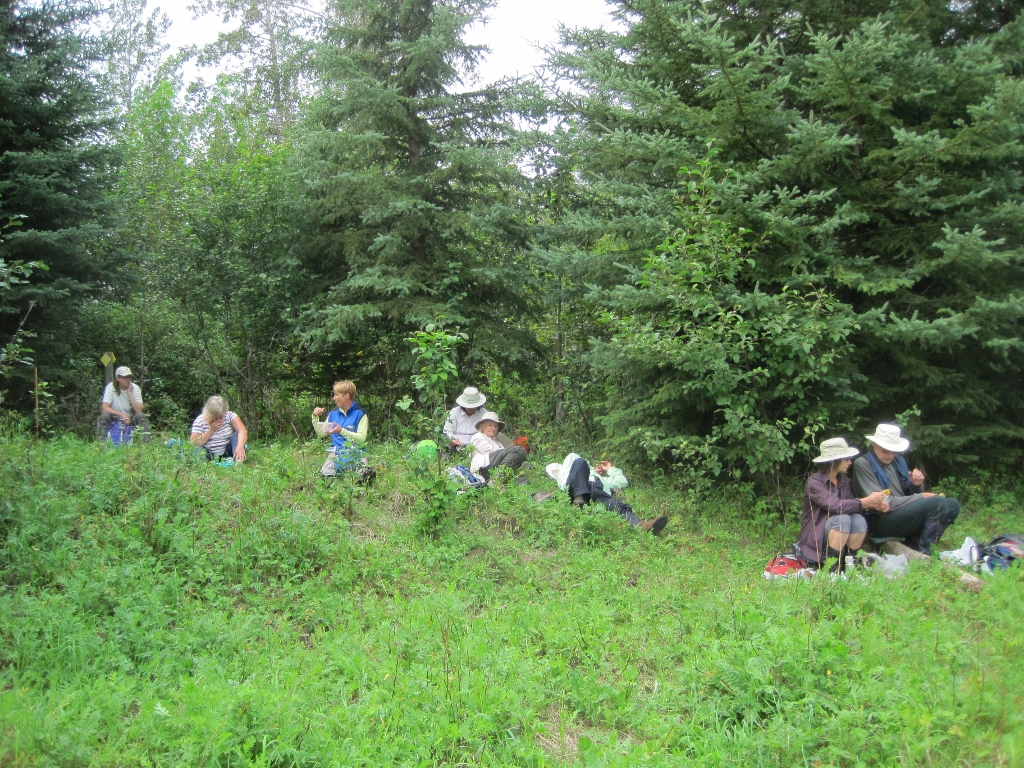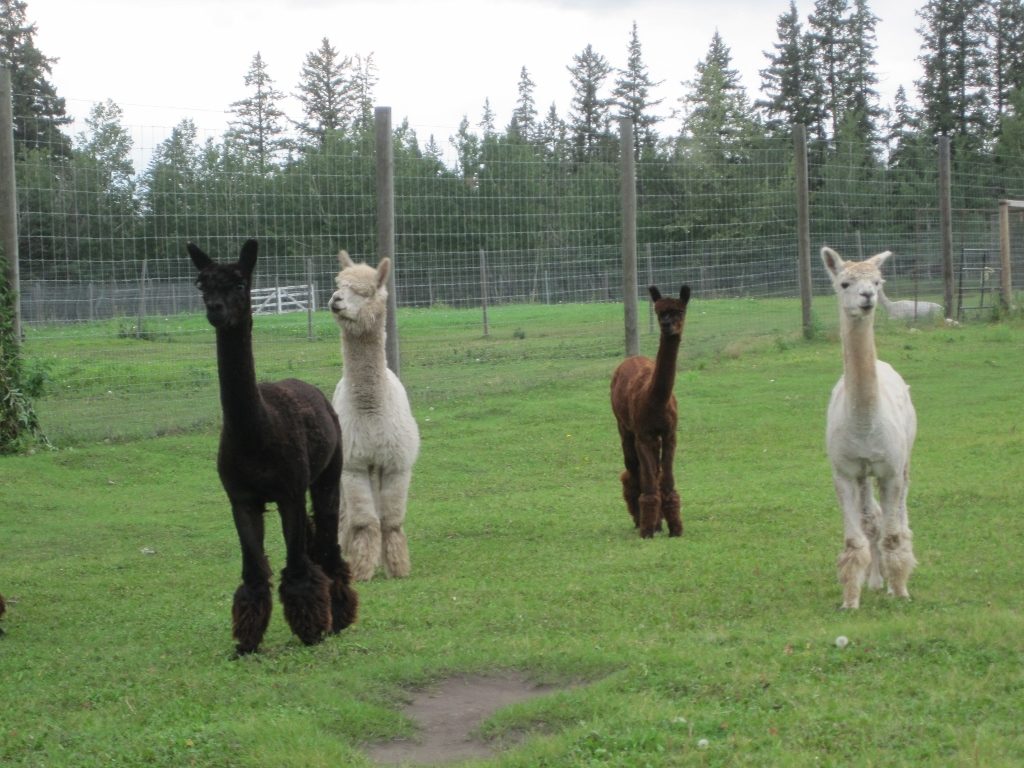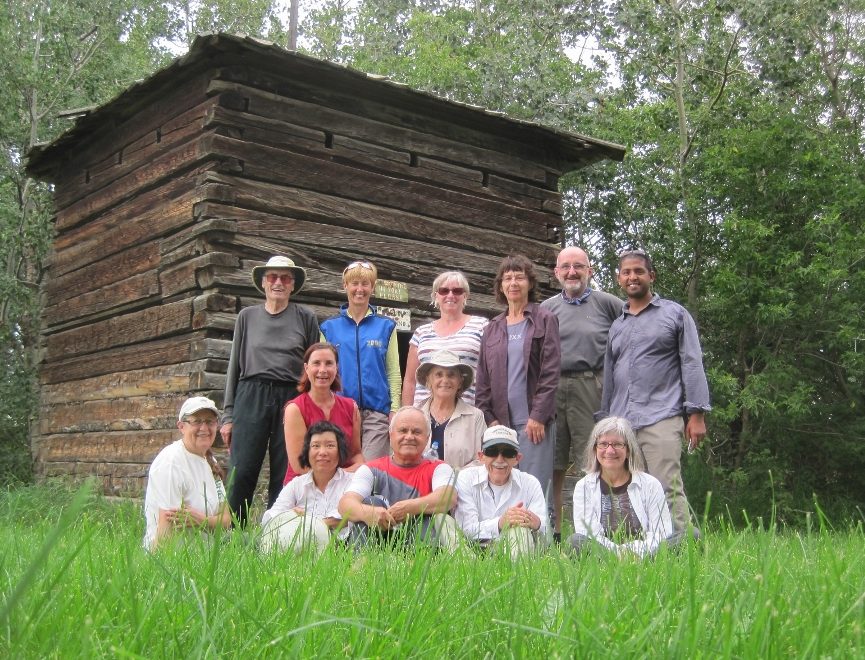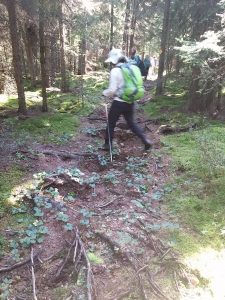
The levelness of this hike was a contrast to last week’s up-and-down scramble where we had dizzying, but impressive views over the Bigstone Creek.
This time our destination was Horseshoe Lake, via the Ministik Bird Sanctuary. Gladys, our hike leader, gave us a short background history.
The eleven of us arrived at the lunch spot early. Our efficiency could only be due to the meticulous and thorough maintenance on the trail carried out by crews in the previous week.
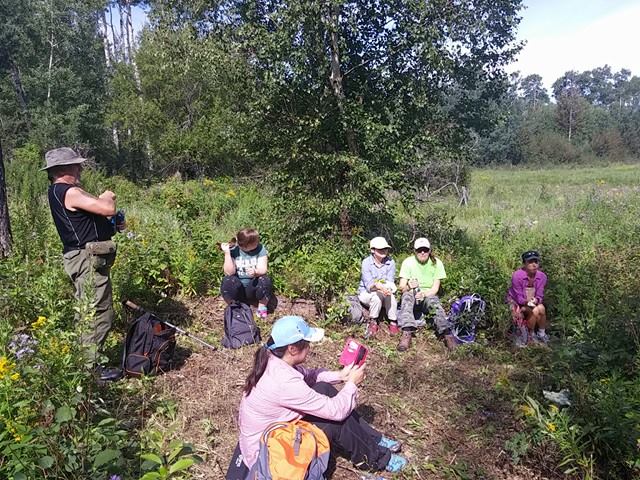
Some of the hikers tried to carry on past the lunch spot. But they returned soon after when they ran up against the luxuriant undergrowth—starting exactly where trail maintenance had stopped.
This hike will go down in memory for the number and variety of mushrooms and fungi. (But where—Oh! where did the dickie birds go?) One mushroom we saw is a “wood apple,” aptly named because it looked for all the world like a brightly coloured gala apple crouched on the ground.
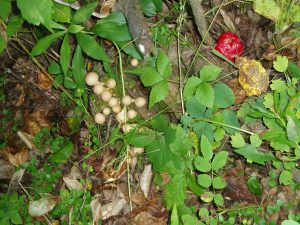
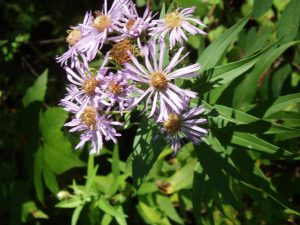
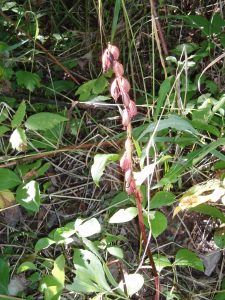
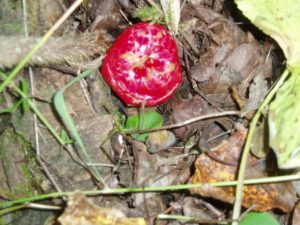
Another rare feature we came across was a peat bog inhabited with plant species that were quite different from the surrounding forest.
Altogether it was an excellent hike with ease of travel, plenty of cooling shade, remarkable botanical features and, of course, congenial company.
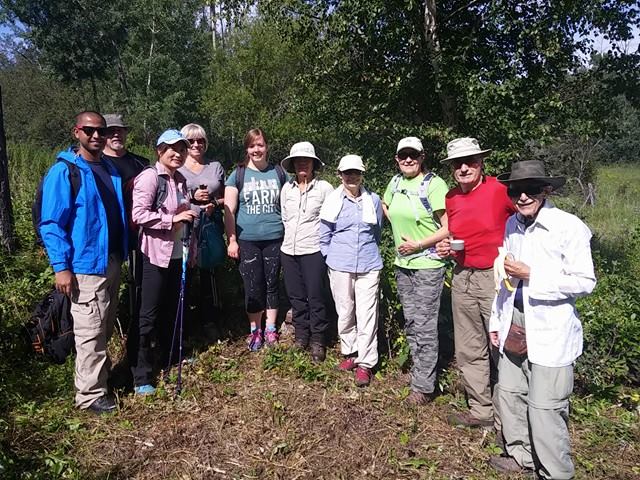
Visit our Flickr album to see the rest of the pictures.
